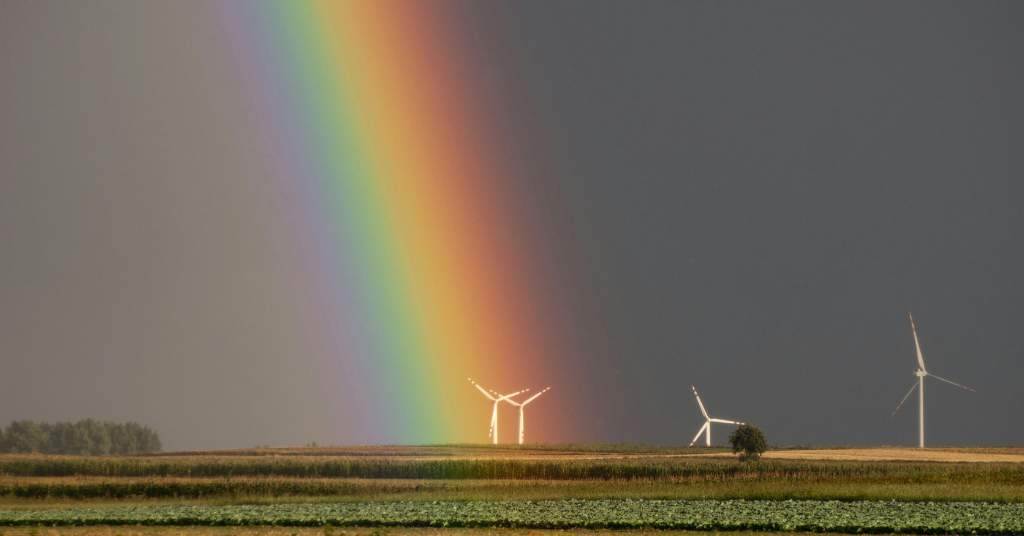Carbon neutrality means that a balance is achieved between the amount of carbon dioxide emitted and the amount of carbon dioxide removed from the atmosphere and stored in carbon sinks. The process of removing carbon oxides from the atmosphere and then storing them is called carbon sequestration. To achieve net zero carbon emissions, global greenhouse gas emissions must be offset by carbon sequestration. In 2019, about 38 gigatonnes of carbon dioxide were emitted.
At present, no artificial carbon sinks can remove carbon dioxide from the atmosphere at the rate needed to combat global warming.
Carbon stored in natural carbon sinks such as forests is released into the atmosphere through forest fires, land use, or logging. Reducing carbon emissions is therefore essential to achieving climate neutrality.
In the European Climate Roadmap, the EU commits to achieving carbon neutrality by 2050. What does this mean in practice?
Climate change is already affecting the whole world, and extreme weather events such as droughts, heat waves, heavy rainfall, floods, and landslides are becoming more frequent in Europe.
To limit global warming to 1.5 degrees Celsius, which the Intergovernmental Panel on Climate Change (IPCC) considers a safe threshold, it is essential to achieve carbon neutrality by the middle of the 21st century. This target is included in the Paris Agreement signed by 195 countries and the EU.
The European Commission unveiled the European Green Deal in December 2019, which sets out a pathway for Europe towards carbon neutrality by 2050. The EU will reach this goal through the European Climate Action Plan, which sets binding targets.
Carbon neutralization has 6 steps and a zero-step:
0.Decision, climate commitment;
- Carbon footprint determination: for the company and its products;
- GHG emission reduction;
- Carbon offset;
- Internal communication to employees – CSR;
- Regularise, review, and repeat annually;
- External communication – CSR.
EU targets:
The EU’s interim emissions reduction target for 2030 has also been updated from 40% to at least 55%.
The EU is currently reviewing old legislation and introducing new laws to help meet the 2030 target of a 55% reduction in emissions. The package is known as “Go 55!” and includes rules on emissions trading, national emission reduction targets, and transport emissions, among others.




